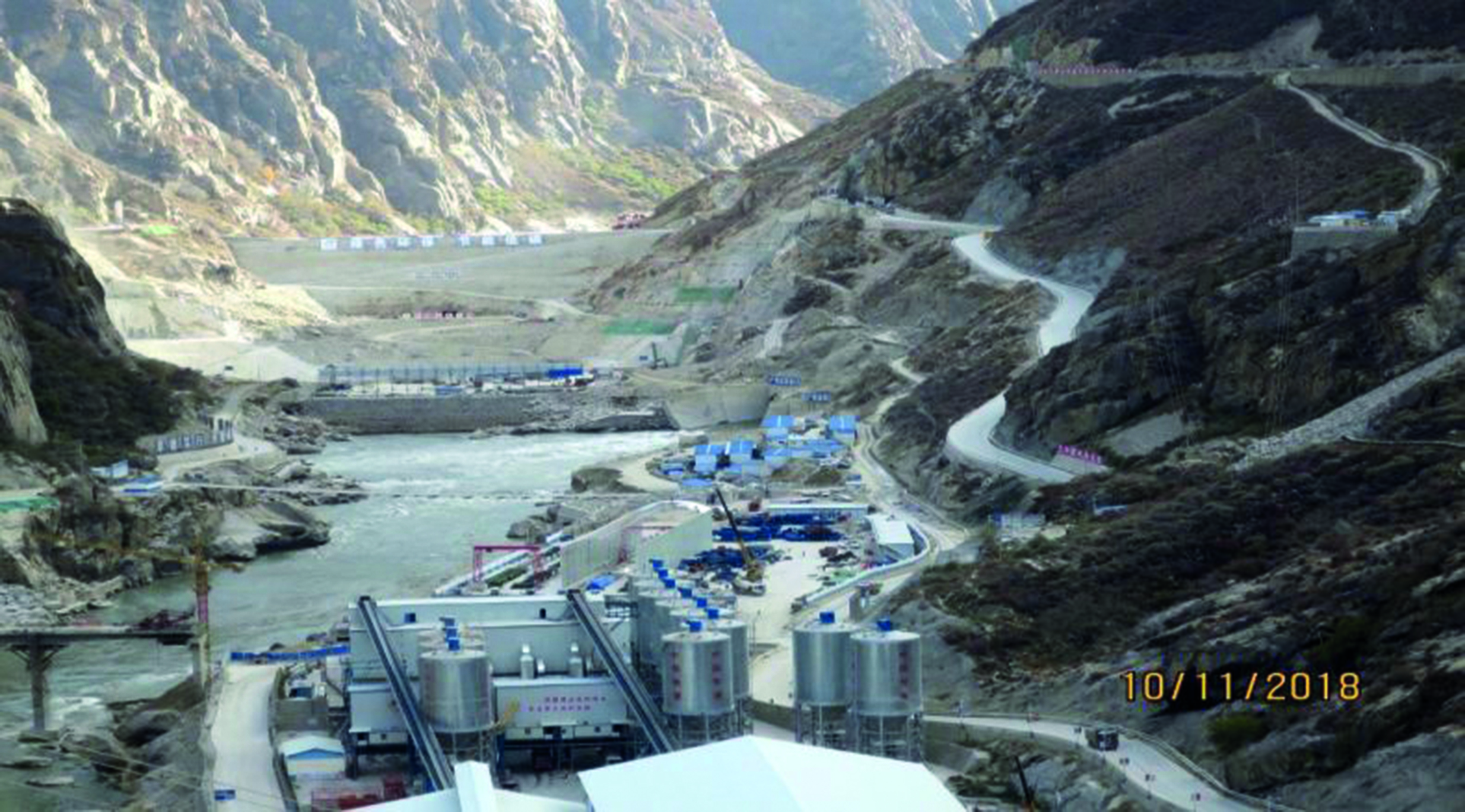Plateau’s steep growth
Tibet is globally important for its minerals and metals, and that’s why there’s a reluctance to tackle China over its human rights abuses and environmental destruction
On the snow covered plateau of occupied Tibet, at an average altitude of 4,700 metres, Chinese company Zijin Mining last month started production at its huge Qulong open pit mine. Estimated to contain over 10.5 million tonnes of copper and 730,000 tonnes of molybdenum, it is expected to be operational for almost 50 years.
Plans to merge Qulong with its adjacent mine, if approved, will result in the formation of the world’s largest copper mine. A huge tailings dam will also be built, to hold its one billion cubic metres of toxic waste, which will be around for long after the mining has finished.
China is the world’s largest consumer of copper and sees mines such as Qulong as essential for the country’s industrial development and its commitment to put 80 million electric vehicles, each using over 80kg of copper, on the road by 2030. But at what cost?

Leave a reply
Your email address will not be published.